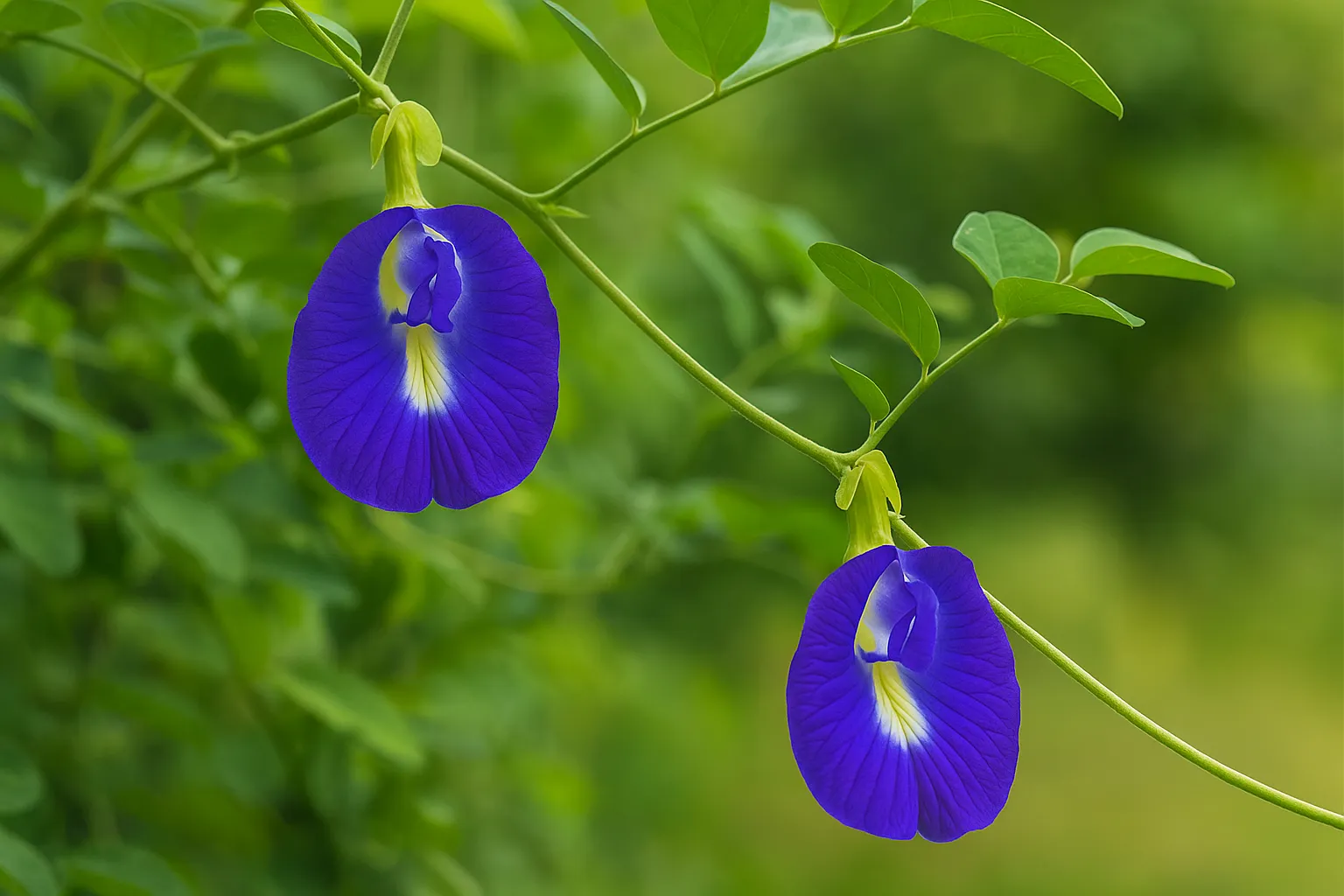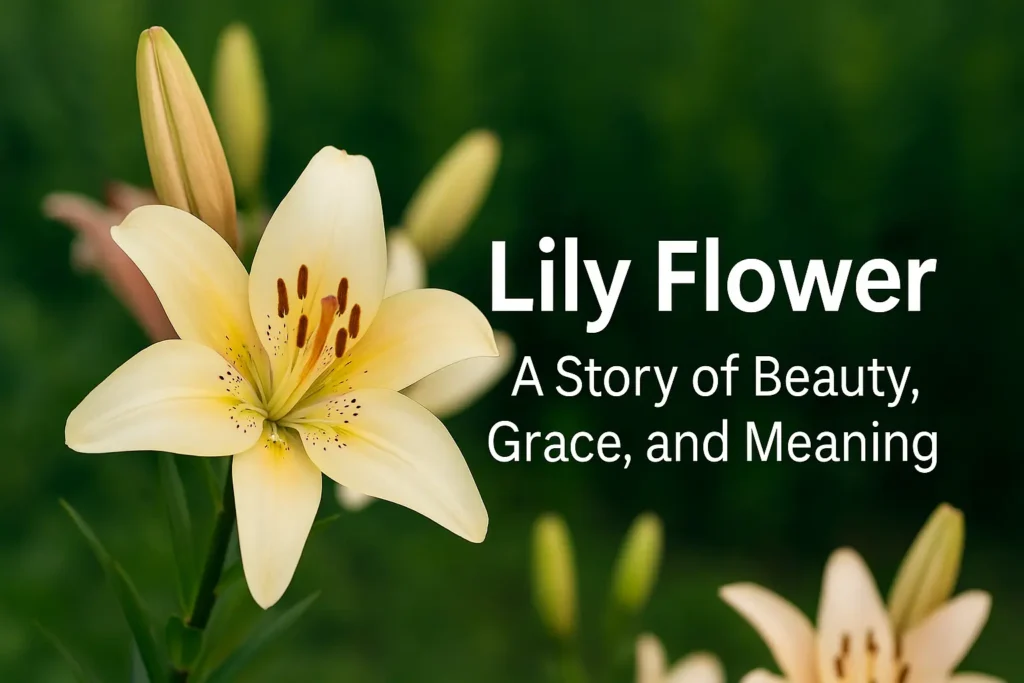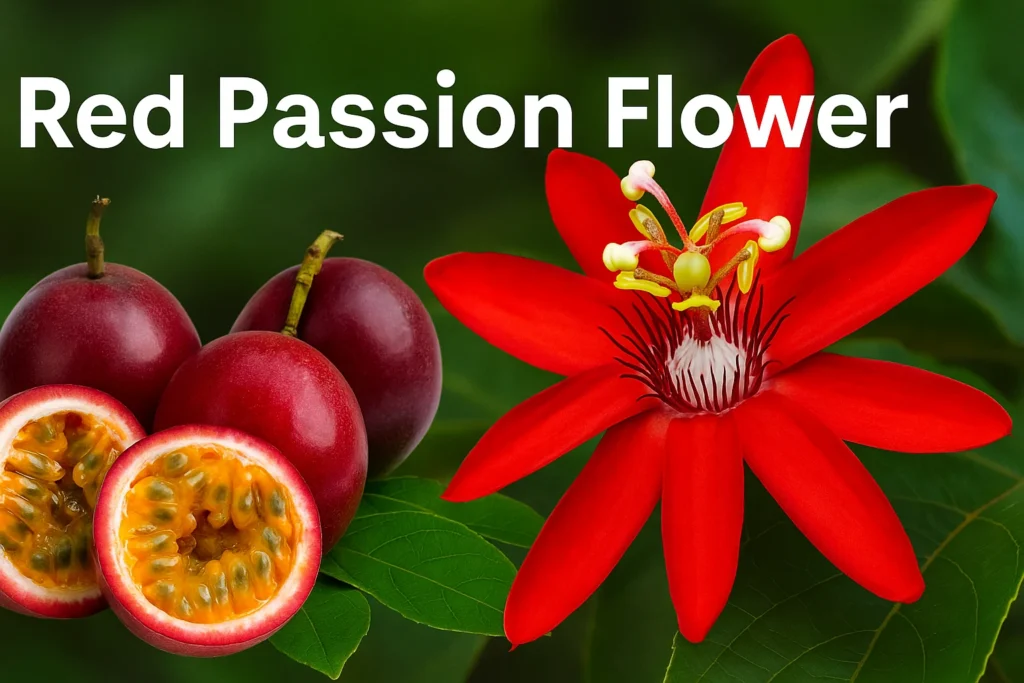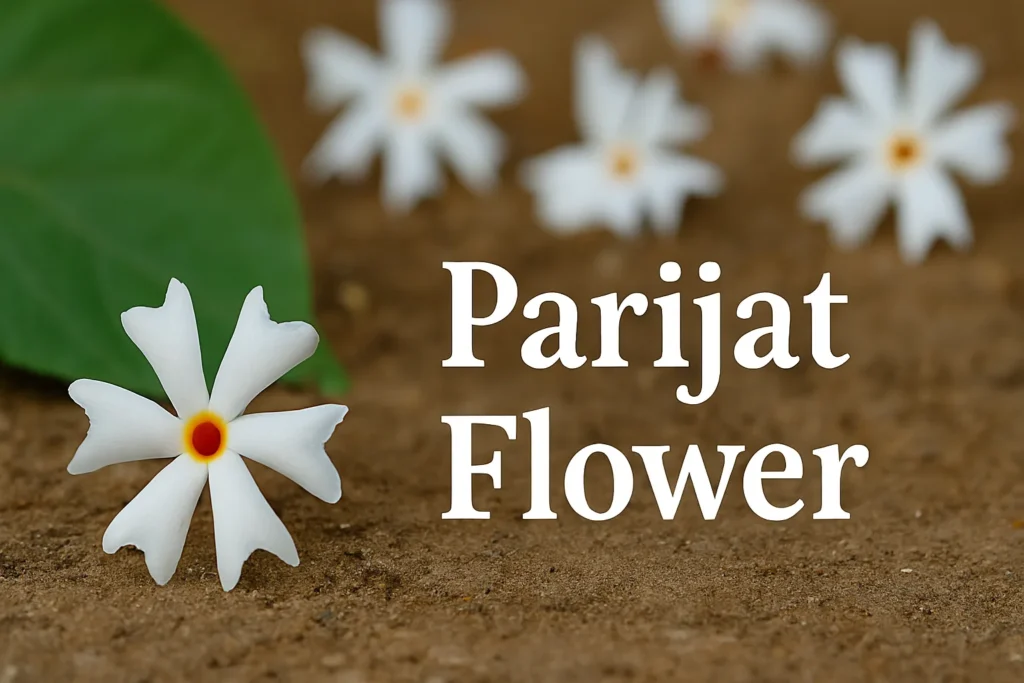Ever noticed a delicate blue flower peeking through a garden fence, instantly grabbing your attention? That’s the Gokarna plant, also known as Clitoria ternatea or the Aparajita flower. With its vibrant blue petals and traditional significance, this plant isn’t just pretty—it’s packed with surprising benefits. Whether you’re a plant enthusiast, someone looking for homegrown remedies, or just love the sight of vibrant flowering plants, the Gokarna plant is worth knowing about. Let’s dive in and get familiar with this nature’s gem.
What is the Gokarna Plant?
The Gokarna plant is a fast-growing perennial vine best known for its striking butterfly-shaped blue flowers. Its botanical name is Clitoria ternatea, and its common name includes Asian Pigeonwings, Butterfly Pea, or Aparajita in Hindi. Native to Southeast Asia, this plant grows well in tropical and subtropical climates. It’s a favorite among gardeners not just for its looks but also for its medicinal properties and religious significance. People often plant it near temples or use its flowers in pujas.
How to Grow Gokarna Plant at Home
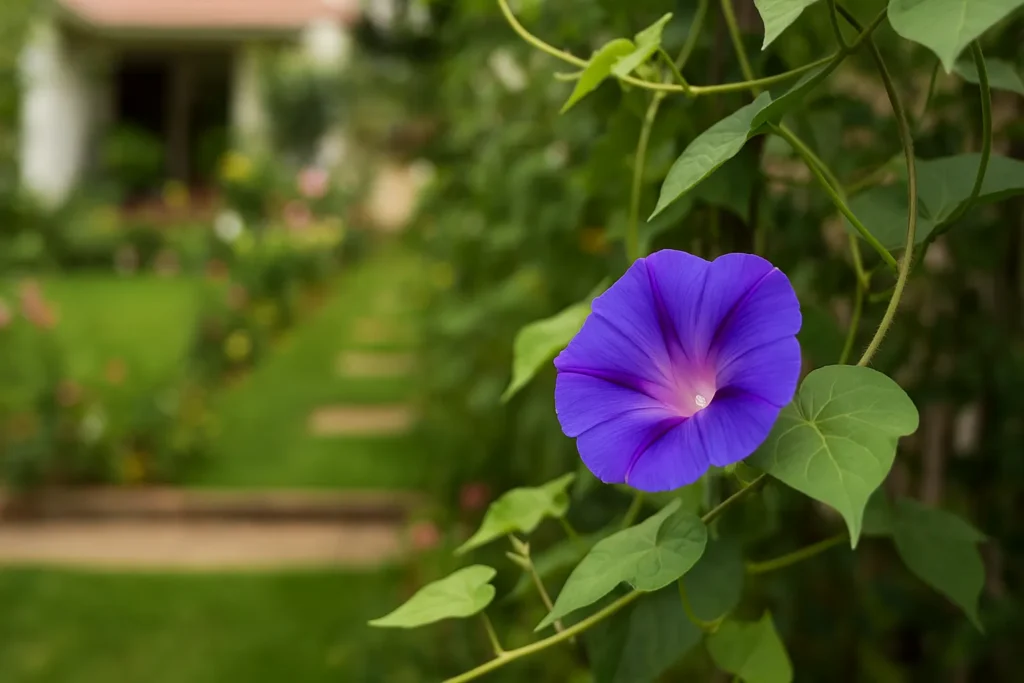
Starting a Gokarna plant at home is easier than you’d think. In fact, it’s one of those low-maintenance plants that even beginners can handle with confidence. Begin by using Clitoria ternatea seeds, which are widely available. Soak the seeds overnight to speed up germination. Sow them in a pot or garden bed with well-draining soil. Place it in a sunny spot—it thrives in full sunlight.
Within a couple of weeks, you’ll notice the vines reaching out. You can support them with a trellis or let them climb a fence. Just like you’d train Indrajal Plant or a Dracaena Mahatma Plant, a little guidance goes a long way in helping it flourish. Water it moderately and allow the soil to dry slightly between watering. Avoid waterlogging.
Gokarna Plant Care Tips
Although it’s an easy-grower, a few simple steps can ensure your Gokarna plant blooms beautifully:
- Sunlight: Needs at least 5-6 hours of direct sunlight daily.
- Soil: Well-drained, loamy soil enriched with compost works best.
- Watering: Water only when the topsoil feels dry. Overwatering can cause root rot.
- Pruning: Trim occasionally to maintain its shape and encourage more flowering.
- Fertilizing: A mild liquid fertilizer once a month during the flowering season keeps it happy.
Like you care for the Golden Cypress Plant for ornamental appeal, caring for Gokarna is equally rewarding and simple.
Gokarna Plant Uses in Everyday Life
This flowering vine isn’t just eye candy. The gokarna plant uses extend into wellness, spirituality, and even your kitchen.
- Spiritual: Commonly used in pujas and rituals across India.
- Colorant: The vibrant blue flowers are used to make natural food coloring.
- Decorative: Perfect for beautifying gardens, balconies, and entrances.
In fact, many people pair it with Ornamental Kale Plant or Alocasia Plant for a contrasting touch of color and texture.
Gokarna Plant Benefits You Should Know
The Gokarna plant has been used in Ayurvedic and traditional medicine for centuries. Here are some gokarna plant benefits that might surprise you:
- Stress Relief: Consuming tea made from its flowers is believed to help calm the mind.
- Improves Vision: Some traditional remedies claim it aids in improving eyesight.
- Boosts Brain Health: Studies suggest clitoria ternatea gokarna blue plant may enhance memory and brain function.
- Anti-inflammatory: Its extracts are often used to reduce swelling and treat wounds.
Much like the Davana Plant, which is known for its therapeutic aroma, Gokarna also holds a prominent place in herbal wellness.
Clitoria Ternatea: The Science Behind the Beauty
Clitoria Ternatea Gokarna Blue Plant is a treasure trove of antioxidants, anthocyanins, and flavonoids. It’s not just limited to traditional uses—modern studies back its health-promoting properties too.
Clitoria ternatea medicinal uses include:
- Treating asthma, anxiety, and depression.
- Reducing inflammation and pain.
- Supporting cardiovascular health.
Its multipurpose nature makes it a favorite in herbal preparations and holistic medicine practices.
Is Aparajita Flower Edible? Let’s Talk Recipes
Yes, the Aparajita flower is edible. It’s increasingly being used in modern and fusion cuisines.
You’ll find it in:
- Herbal Teas: Just like how green tea is brewed, Clitoria ternatea flower can be used to make vibrant blue tea.
- Rice Dishes: Add the flowers to boiling water for a blue tint in rice.
- Mocktails & Cocktails: Use it as a color-changing element when lemon is added—it turns from blue to purple!
There are even popular clitoria ternatea recipes that infuse its extract into desserts and smoothies for color and nutrients.
From Garden to Balcony: Where Can You Grow It?
Whether you live in a city flat or a village home, the Gokarna plant adapts well. It grows equally well in:
- Balcony planters
- Hanging pots
- Garden borders
- Temple backyards
If you’re designing a green entrance, pairing it with Which Plant is Good for Home Entrance can elevate your space with color and positivity.
Also, if you’re worried about safety in open balconies or want to grow it in a secure place, you can install an Invisible Windows Grill to let sunlight in while keeping your space safe and plant-friendly.
Final Thoughts
The Gokarna plant, or Clitoria ternatea, is much more than a pretty climber. With its soothing hues, spiritual connection, and health benefits, it’s a multi-functional gem for any home garden. Plus, it’s easy to care for and brings a calming vibe wherever it blooms. So whether you’re a seasoned gardener or just getting started, adding the Gokarna plant to your collection is a decision your future self will thank you for. It brings peace, beauty, and wellness—one blue blossom at a time.
And if you’re into vibrant flowering plants, don’t forget to check out the Rhododendron, a beautiful high-altitude bloomer that’s just as mesmerizing.

